Everything to know about colostrum
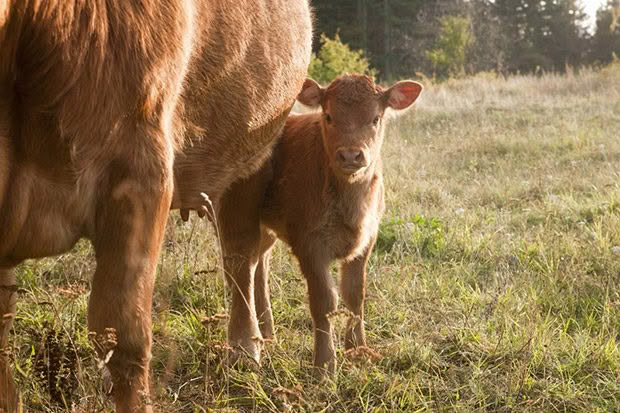
The very first drink your newborn animals have are the most important of their lives.
Words: Nadene Hall
True colostrum is the very first nutrient-filled, antibody-rich milk produced by the udder from the very first milking after birth. Calves are born without antibodies and rely on this one feed for a huge dose of antibodies from their mother passed via the milk.
The 3 big Qs of colostrum
QUICKLY
Feed it within the first few hours of birth, and definitely within 12-24 hours while the calf’s digestive tract is still receptive to absorbing antibodies. Getting colostrum into a calf as soon as possible after it’s born is crucial, says veterinary technical advisor Rosemary Milne. Firstly, the quality of colostrum is at its highest in the first milk produced by a newly-calved cow, but there’s a second factor.
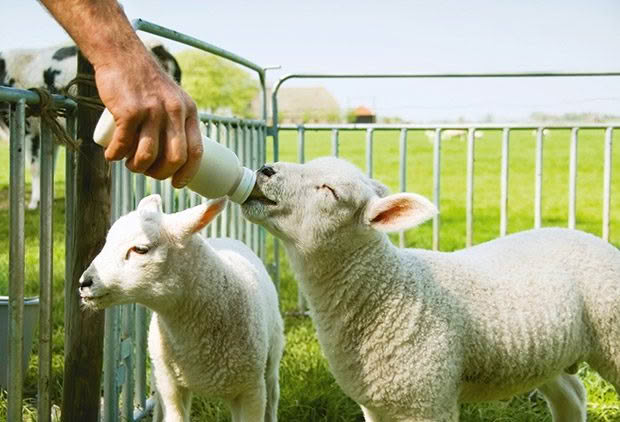
“The ability of a calf to absorb the antibodies in colostrum declines rapidly over the first 12 hours after birth and it’s gone completely within 24 hours. The calf needs to receive sufficient antibodies from colostrum within the first 6-12 hours, the sooner the better.”
Generally, beef breeds have better maternal instincts than dairy cows, feeding their calves quickly and more often. Research shows that calves born to dairy cows often don’t ingest sufficient colostrum because the maternal genetics are much weaker.
QUALITY
The first milk produced by a cow straight after birth is true colostrum which contains antibodies (against diseases) for absorption by the calf – the second milking won’t provide the same level of protection.
QUANTITY
A calf needs to ingest sufficient amounts of these antibodies, 10-15% of their bodyweight of colostrum within the first few hours of birth. For example, a 40kg calf needs 2 litres at birth and a further 2 litres, 6-12 hours later.
Store it carefully
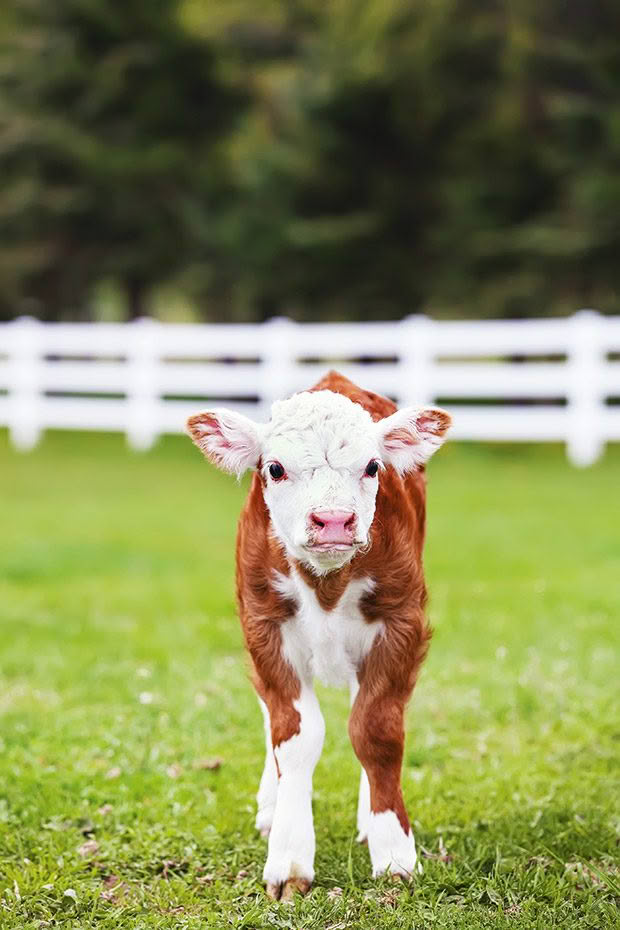
It’s a good idea to save some colostrum from early calving cows for emergencies. True colostrum needs careful treatment if you’re planning to store it for orphan or rejected calves, and it’s a challenge to maintain its quality, says Rosemary.
Each calf may need 4-6 litres, depending on its size. You can:
■ store it in the fridge where it will last a couple of days;
■ add potassium sulphate to it, a food preservative available from your vet. Store it in the fridge where it will last up to a week;
■ freeze 4 litre lots in sterile plastic containers, enough for one drink.
If you freeze it, then you need to defrost it carefully, says Rosemary.
“The problem is the proteins (including antibodies) in it are quite delicate. If they get too hot, they just melt (denature), they break up and are destroyed and it’s the antibodies you want to preserve. When you’re defrosting colostrum, you want to do it as quickly as you can, without destroying anything in it.”
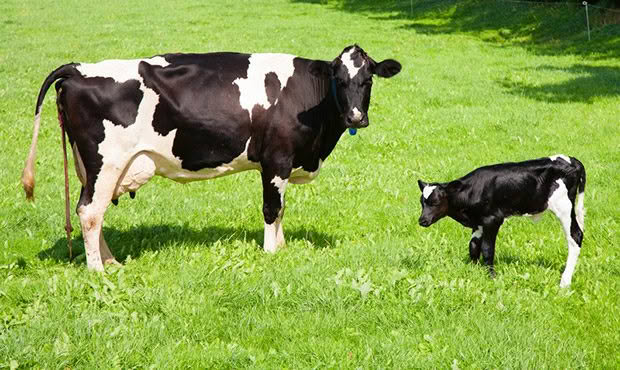
The best way is to use a hot water bath.
“You want a big tub of hot water at a maximum of 49°C – that’s roughly as hot as you can hold your hand in for 10 seconds before it becomes intolerable. That will make the colostrum (within a container) defrost at a reasonably swift rate that won’t destroy any of the proteins, but swift enough that you’re not allowing the colostrum to spoil.”
Why calves need water, in addition to milk
A lot of people don’t realise calves need a constant, clean, fresh water supply in addition to milk.
Drinking water is imperative for good rumen development, improving feed intake and weight gain.
“The calf is getting liquid (milk), but that liquid goes into a different part of the stomach,” says ruminant nutrition expert Wendy Morgan. “The milk is diverted into the abomasum, but the water will go into the rumen and it’s the rumen we’re trying to develop. Having (water) in there means that it’s a liquid environment for the microbes and the feed particles to move around in and be broken down.”
4 things to know about lambs & colostrum
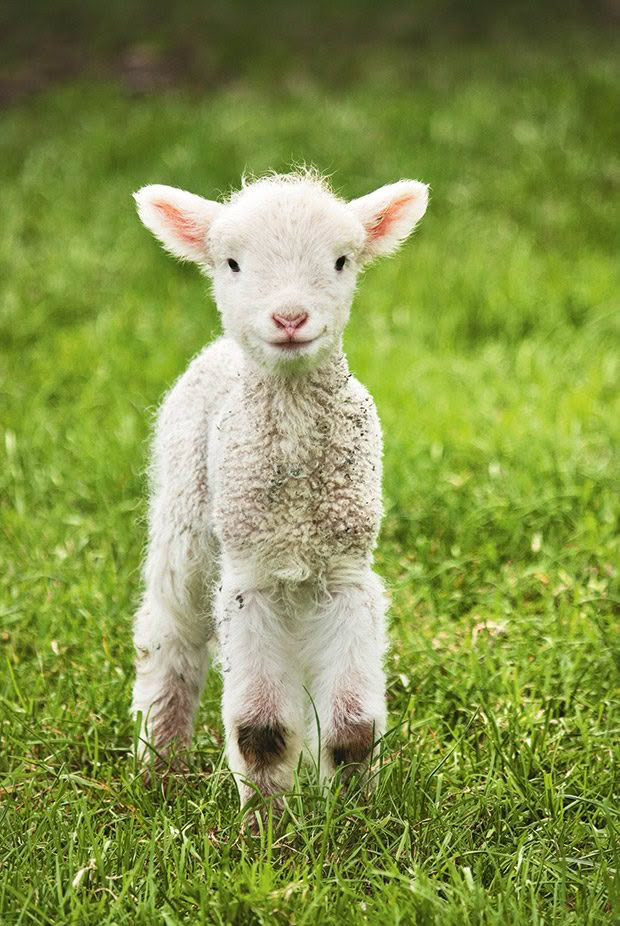
Lambs are born without antibodies and rely on the passive transfer of antibodies from their mother via her colostrum.
The first few hours are crucial
Research shows lambs need to be feeding from their mothers, or receiving a high-quality alternative colostrum, for at least 48 hours after they’re born, but preferably 3-4 days.
The first drink needs to be as early as possible, within 6-8 hours of birth at the latest. A strong, healthy lamb, up and suckling within 15 minutes of birth, has a 90–95% chance of being alive 90 days later.
The best colostrum
Ideally, a lamb will get colostrum from its mother.
Second-best is fresh colostrum milked from its mother or another just-lambed ewe. However, a study of lambs fed on cow colostrum compared to those fed on ewe colostrum found no difference in lamb health and immune response between the two groups after four weeks. The only difference was in the first 24 hours after birth when lambs on ewe colostrum scored higher for crucial proteins.
Is the lamb feeding?
It’s important to check that a lamb is actually feeding from its mother. It might look like it’s suckling, but sometimes it may not have a strong enough sucking reflex to extract milk from the udder.
Other issues can include:
■ hoggets (first-time mothers aged 12-18 months) often have very thick colostrum on day 1 of lactation, which can be hard for the lambs to suck out;
■ there may be too much competition for the udders if it’s a twin, triplet, or quad;
■ its mother may not stand still long enough or have bonded with it properly, or she may have an issue with her udder, such as mastitis.
Common signs of a hungry lamb: bleating a lot, looking to feed a lot more than others, hunched with a hollow stomach and prominent hip bones; when pinched, skin is slow to relax back to normal (a sign of dehydration).
Store & thaw carefully
If you’re saving colostrum for an emergency, you’ll need enough for at least five feeds per lamb per day at 15% of the lamb’s bodyweight. Store it in 150ml or so (one feed) lots in a sterile, resealable plastic bag. Put it straight into the freezer. To thaw, sit the bag in warm (not hot) water – don’t microwave it. Mix it well before feeding.
4 SIGNS OF A HAPPY LAMB
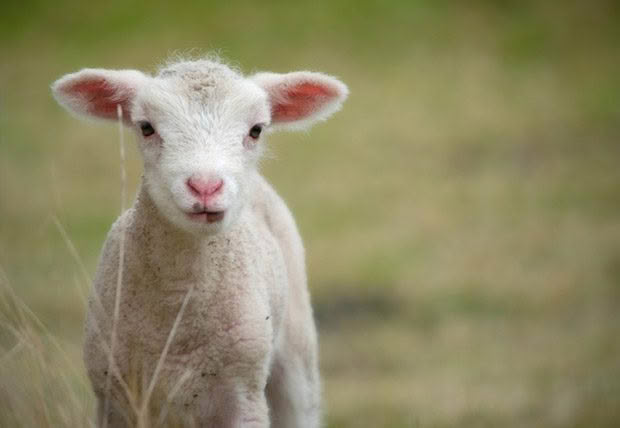
1. Good appetite
The number one sign of a healthy lamb is it will be eager to feed, pushing its way forward to get to a feeder or bottle. The most common sign of ill-health in a lamb is lack of appetite.
2. Play time
Lambs are generally most active in the early morning and late afternoon, running and jumping for fun. Check on lambs that aren’t joining in.
3. Napping
Lambs love a good nap, generally spending 8-12 hours sleeping each day.
4. A good stretch
A healthy lamb will wake up, rise easily from its position, then stretch and toilet, (usually urination, occasionally poohing).
A lamb that’s reluctant to stand may be in pain or suffering from lethargy brought on by an illness.
Scoring an animal’s health
This is a basic guide to assess the health of stock. Ideally, you’re checking lambs, calves, and other babies three times a day, or more if they’re unwell.
HEALTH SCORE 5
General health status: Bright, alert, moving freely, actively feeding, responding to stimulus, showing interest in the environment.
What to do: Normally daily monitoring.
HEALTH SCORE 4
General health status: Feeding normally, generally alert and active, but moving slower or lagging, may be subtle behavioural differences compared to others.
What to do: Make a note, monitor more regularly, call vet for advice.
HEALTH SCORE 3
General health status: Reduced interest in feed, depressed, able to lie down and stand up but with some difficulty, not as alert or active, less interested in its environment.
What to do: Closely monitor, book vet for visit ASAP.
HEALTH SCORE 2
General health status: Loss of interest in feed, excessive time lying down, reluctant to move, showing little interest in the environment, lethargic, depressed.
What to do: Book vet urgently, monitor closely.
HEALTH SCORE 1
General health status: Lacking energy, dull, listless, recumbent, may not be able to raise head off the ground, can’t stand, may be kicking hind legs.
What to do: Urgent vet care required, may mean humane euthanasia.
Love this story? Subscribe now!
 This article first appeared in NZ Lifestyle Block Magazine.
This article first appeared in NZ Lifestyle Block Magazine.
